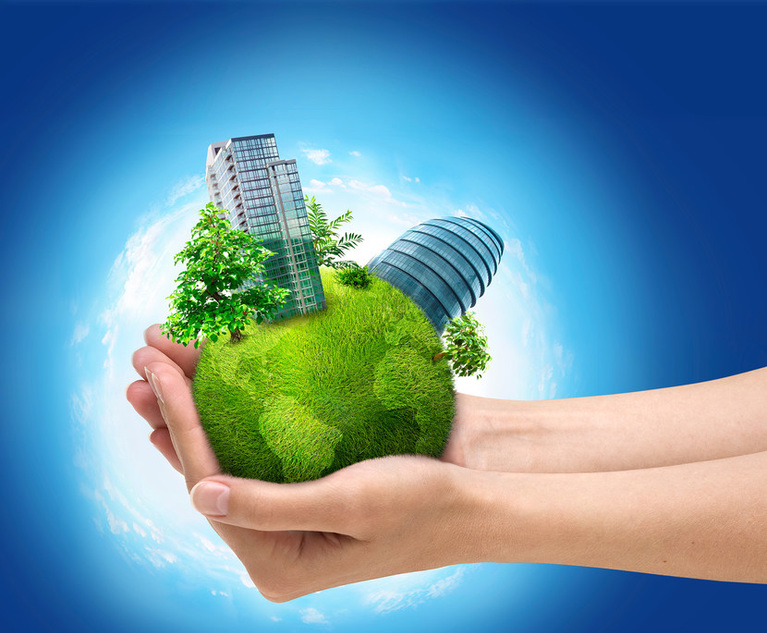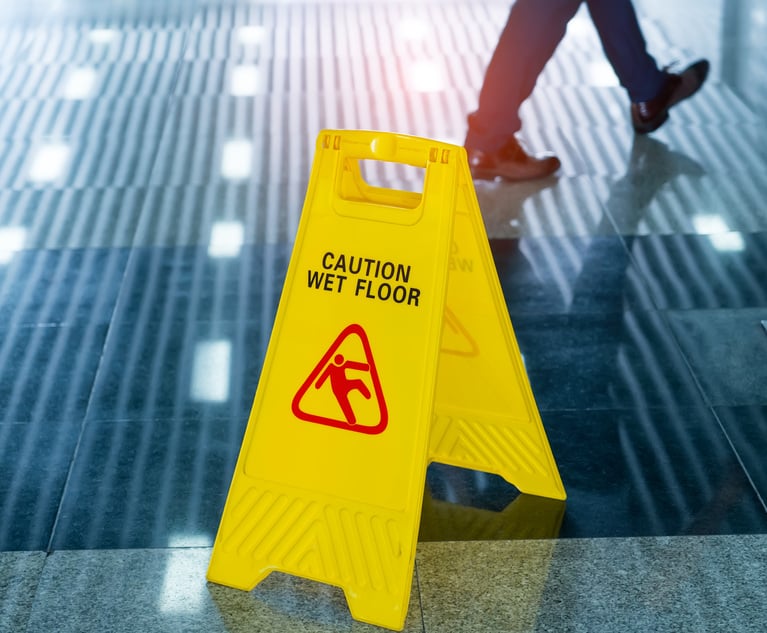When renowned architect Carl Elefante once observed that “the greenest building is one that is already built,” he was speaking to the virtues of adaptive reuse as a vehicle for community revitalization, a concept that is not necessarily novel but is always evolving. Adaptive reuse is the practice of adapting existing buildings and structures to serve a function that they were not initially designed to serve. What’s more, an especially appealing aspect of adaptive reuse is that there is no limit to how much or how little of a building needs to be repurposed. While this practice has existed in some form for hundreds of years, it attracted widespread attention in the 1970s when environmental initiatives gained traction and developers recognized both an ethical and cultural obligation for landmark preservation as well as profit and gentrification. A half-century later, adaptive reuse is a necessity in a post-COVID world where previously filled office buildings now have substantial vacancies amid return-to-work initiatives, and where real estate professions now turn their attention to maximizing use and efficiency.
While transforming existing buildings for alternative purposes is not a new concept, this article seeks to explore the feasibility of alternative repurposing options with a focus on pre-existing New Jersey office buildings; namely, converting vacant New Jersey office space into vertical farms or cannabis growth operations.


 Credit: Amid/Adobe Stock
Credit: Amid/Adobe Stock




